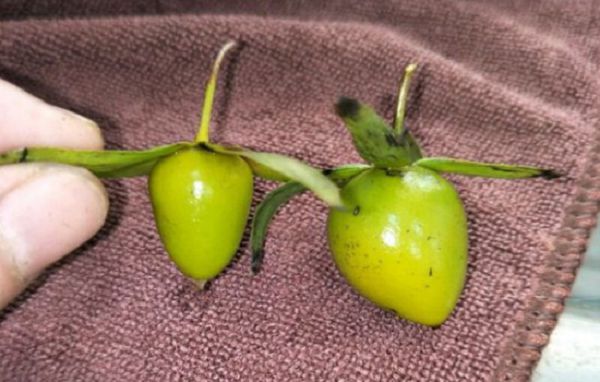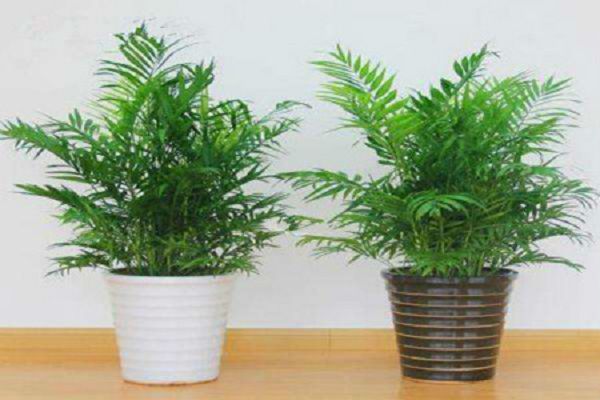How to spend winter with Dendrobium candidum in winter

After entering autumn, as the weather gradually turns cold, Dendrobium officinale also begins to enter a semi-dormant state, and its growth begins to become slower. So, starting in autumn, its need for water and nutrients will gradually decrease. After entering winter, its growth rate is even slower, almost in a state of stagnation, because the winter temperature is too low, it is basically in a state of complete dormancy.
Dendrobium officinale is a warm-loving but not cold-resistant plant, so it will basically dormancy and stop growing in winter. The consumption of nutrients and water during this period is usually very low. Therefore, we need to strictly control water and fertilizer, and usually need to reduce the frequency of watering from autumn, to winter, to stop fertilizer in time. And in winter, Dendrobium officinale's mental outlook is also relatively poor, just like hanging up.
Although many of its leaves are still hanging on the branches in winter and are still green, no matter how much we water and fertilize it, there is almost no sign of growth. It seems that there is no response. Water and fertilizer do not stimulate growth, which is clearly a characteristic of hibernation. Generally, we only need to place the potted plants in a place where there is scattered light and smooth air circulation.
In particular, attention should be paid to controlling watering, because Dendrobium officinale has poor cold resistance. A large amount of watering will not only not be consumed, but will reduce the cold resistance of the plant, thus making it more susceptible to freezing. On the contrary, keeping the plant material relatively dry in winter can make it more cold-resistant, which is more conducive to its winter.
However, the most important thing in winter is still to do a good job of cold-proof and warm-keeping measures in time. After all, Dendrobium officinale, a rare plant, has poor cold-resistant ability and cannot be frozen, otherwise it will bring us serious losses. In order to be safe, it is generally moved to a warm indoor place in time for maintenance in winter, and the ambient temperature is kept above 10°C, preferably around 15°C. If it is maintained in this way in winter, it is fully capable of surviving the winter smoothly.
Related
- Fuxing push coffee new agricultural production and marketing class: lack of small-scale processing plants
- Jujube rice field leisure farm deep ploughing Yilan for five years to create a space for organic food and play
- Nongyu Farm-A trial of organic papaya for brave women with advanced technology
- Four points for attention in the prevention and control of diseases and insect pests of edible fungi
- How to add nutrient solution to Edible Fungi
- Is there any good way to control edible fungus mites?
- Open Inoculation Technology of Edible Fungi
- Is there any clever way to use fertilizer for edible fungus in winter?
- What agents are used to kill the pathogens of edible fungi in the mushroom shed?
- Rapid drying of Edible Fungi



